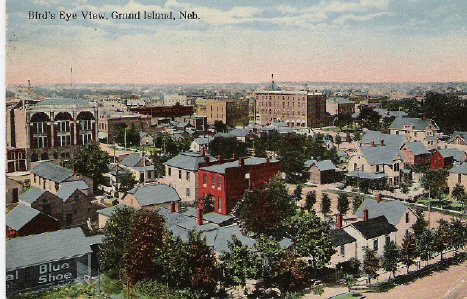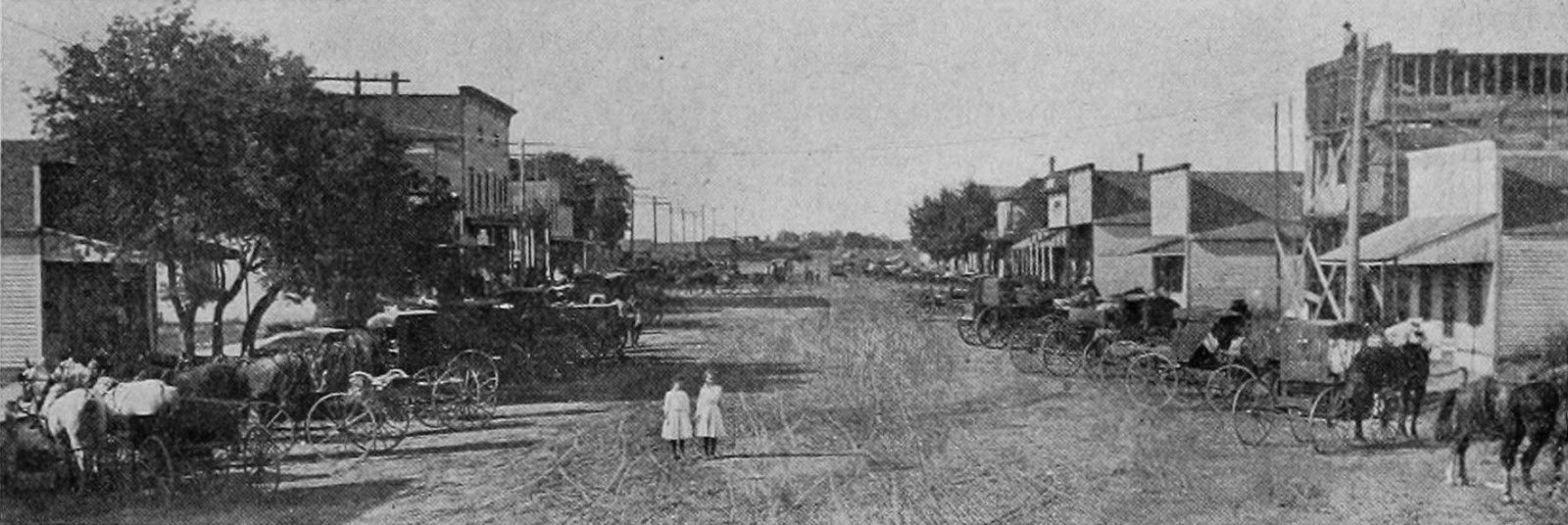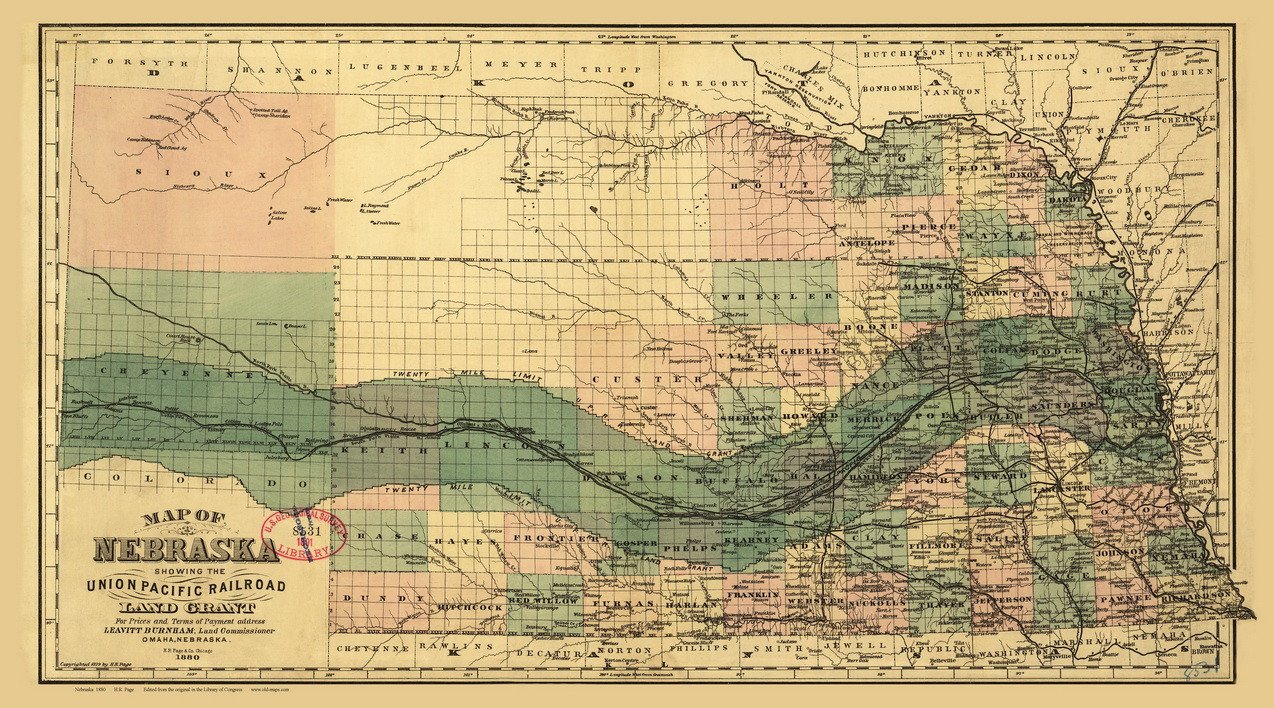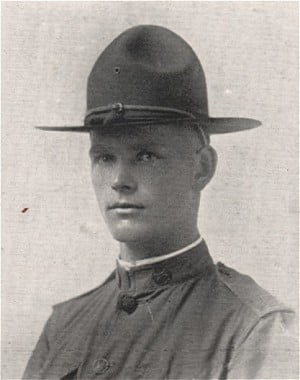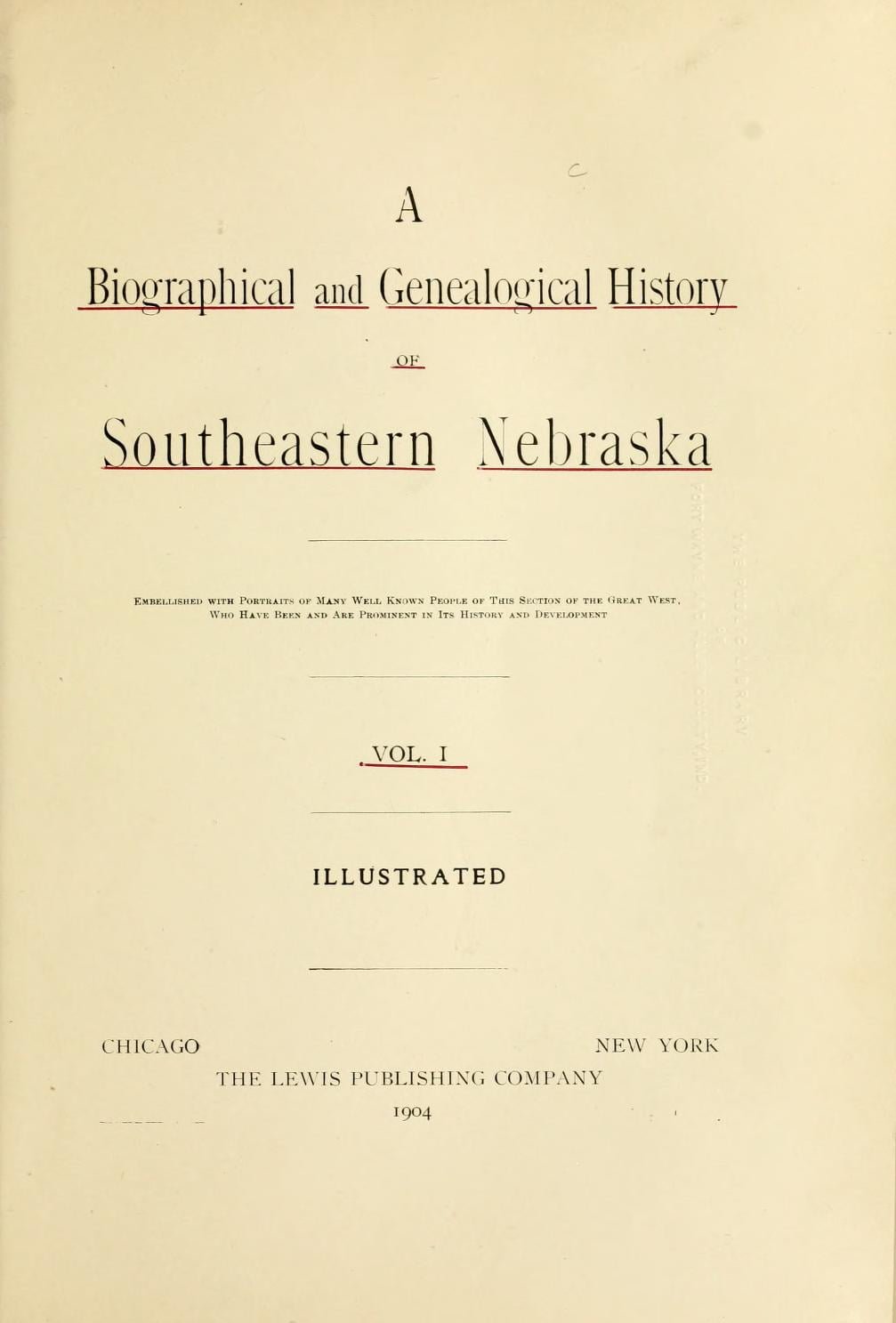History of Grand Island, Hall County, Nebraska
Grand Island’s existence is deeply tied to transportation, beginning with its settlement by German immigrants in 1857 along the Platte River Road. Their foresight in choosing this location led to the arrival of major railroads, transforming it into a central hub. The city’s population grew rapidly, supported by agriculture and manufacturing benefiting from this connectivity. Grand Island also adapted to new transportation modes, including highways and aviation. The community has faced natural challenges like floods and tornadoes but has thrived, contributing notable figures to history. Today, it remains a vibrant regional center, preserving its heritage at the Stuhr Museum.

